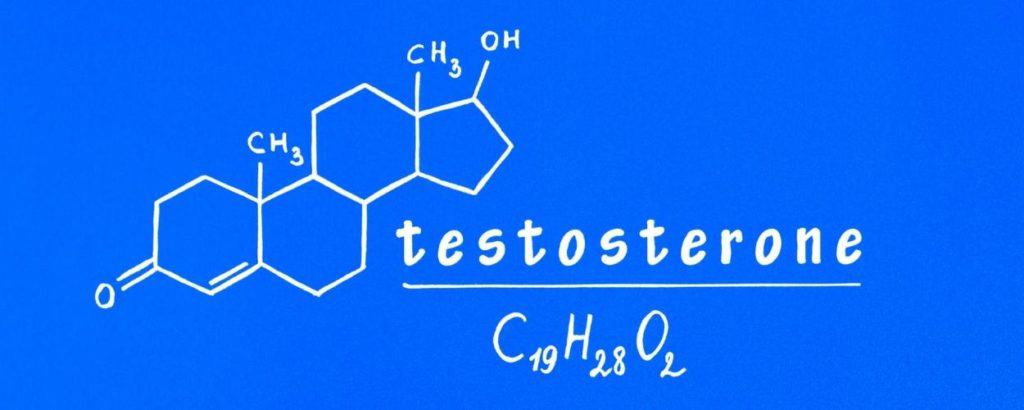Side effects of hormone replacement therapy may occur. Side effects can be serious. Your provider will help prevent them from becoming a problem by reviewing your symptoms and overall response.
We hope this has attracted your attention. Testosterone Cypionate (injectable), is the most well-known and effective form of testosterone currently on the market. The reason for this dominance is that topical and oral testosterone substitute administrations are ineffective as your body absorbs them poorly. The injection of testosterone Cypionate has been the only viable option until recently. The administration of testosterone cypionate has historically been restricted to injections into the muscles, particularly the gluteus muscles. Healthcare workers should administer intragluteal injections twice per week. But, this can cause serious disruption to your social life. Talk to testosterone injections recipients and you will hear their praises. However, their lives are essentially centered around getting their shots.
It is important to weigh the long-term costs and benefits of testosterone replacement therapy when evaluating the cost-effectiveness. One popular type of hormone replacement therapy is testosterone replacement therapy. It can be used to treat a variety of medical conditions including hypogonadism and andropause. There are potential benefits to testosterone replacement therapy such as increased energy, mood improvement, improved sexual function, and larger muscles. It is important to also consider the possible costs of testosterone replacement therapy. These include the cost of the medication and any side effects. Although the benefits of testosterone replacement therapy are likely to outweigh the cost, it is important that you carefully consider the risks and benefits before starting any hormone replacement therapy.





